This is a photo I took in Scotland - its the meeting of two small rivers taken without flash at night.

photos
photo friday
darkness
night
river
scotland
Alison Ashwell's Adventures as a Digital Artist.
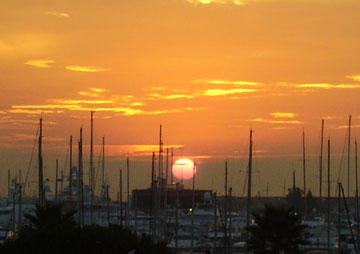

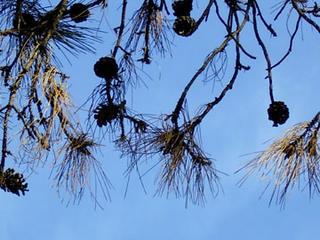

 This fallen pine cone was nestled ina bed of wood sorrel and sweet violet leaves.
This fallen pine cone was nestled ina bed of wood sorrel and sweet violet leaves.

 Dahlias remind me of my Grampa who was a phemonenal gardener. He had hundreds of rose bushes of all sorts of varieties and always made space for different kids of dahlias too. When i was at primary school, I'd stop at his house on the way to school and ask for some flowers to take to my teacher.
Dahlias remind me of my Grampa who was a phemonenal gardener. He had hundreds of rose bushes of all sorts of varieties and always made space for different kids of dahlias too. When i was at primary school, I'd stop at his house on the way to school and ask for some flowers to take to my teacher.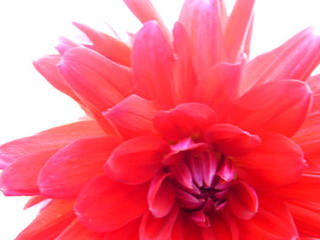 Something about this feather attracted me- it just seemed so perfect lying there on the sandy ground.
Something about this feather attracted me- it just seemed so perfect lying there on the sandy ground. This tiny downy feather lay nearby - it looked like it came from the same kind of bird. Both feathers were so fresh and clean looking that they must have been recently lost by the bird.
This tiny downy feather lay nearby - it looked like it came from the same kind of bird. Both feathers were so fresh and clean looking that they must have been recently lost by the bird.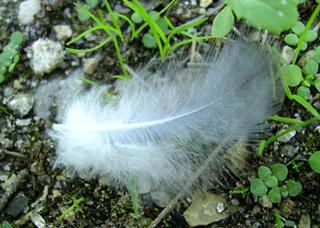
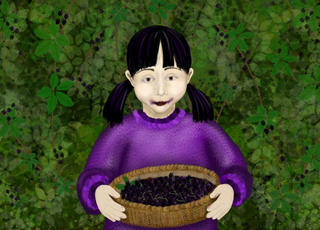
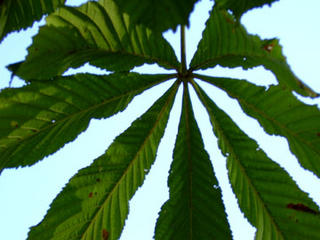
 A single chestnut
A single chestnut A chestnut on the ground - the case just starting to split. In Scotland , it was difficult to find decent chestnuts on the ground as the grass was always so wet and the nuts would rot quite quickly. The nuts are not edible.
A chestnut on the ground - the case just starting to split. In Scotland , it was difficult to find decent chestnuts on the ground as the grass was always so wet and the nuts would rot quite quickly. The nuts are not edible.





 Another kid running though a different water pattern - getting just as wet.
Another kid running though a different water pattern - getting just as wet.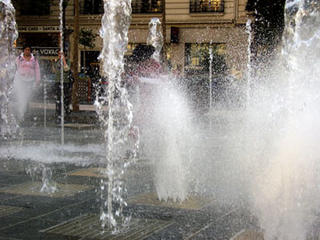 After a short pause the kids got on their bikes and started weaving through the water spouts - i was a bit worried that they would slip as the water seems to be sourting out with a fair degree of force , but they obviously were confident and unconcerned about the danger.
After a short pause the kids got on their bikes and started weaving through the water spouts - i was a bit worried that they would slip as the water seems to be sourting out with a fair degree of force , but they obviously were confident and unconcerned about the danger.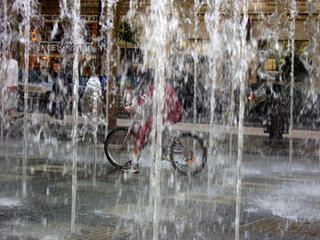

 My son wanted to try some sparkler writing so this was his letter 'T'.
My son wanted to try some sparkler writing so this was his letter 'T'.
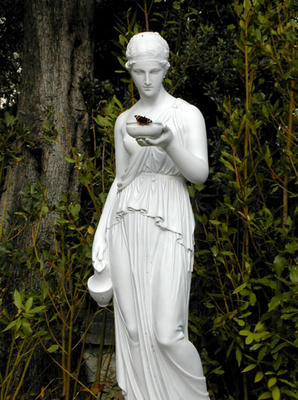



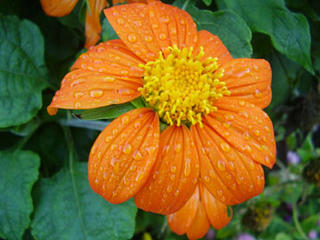
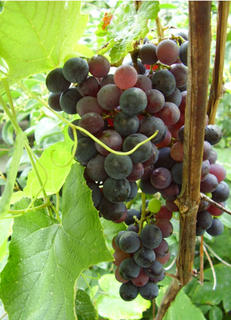


 A tangle of nets sitting in a box on the Quai des Pecheurs [Quay of the Fishermen]. Its strange to see nets being repaired traditionally on the quay beside some of the huge modern sleek but plastic yachts
A tangle of nets sitting in a box on the Quai des Pecheurs [Quay of the Fishermen]. Its strange to see nets being repaired traditionally on the quay beside some of the huge modern sleek but plastic yachts
 This is the marker light for the edge of the port wall - the protective wall sweeps round to shelter the boats in the marina from rough seas - however there are still many occasions when boats are tossed about - the Mediterranean is not as calm as people try and make out.
This is the marker light for the edge of the port wall - the protective wall sweeps round to shelter the boats in the marina from rough seas - however there are still many occasions when boats are tossed about - the Mediterranean is not as calm as people try and make out.
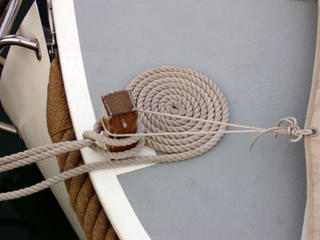
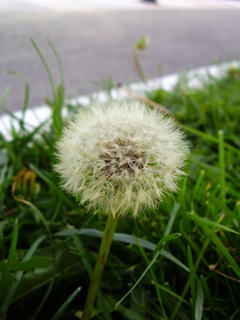

 This one i think is male - it was a lot darker than the other one -and markings of the wings is more distinct.
This one i think is male - it was a lot darker than the other one -and markings of the wings is more distinct.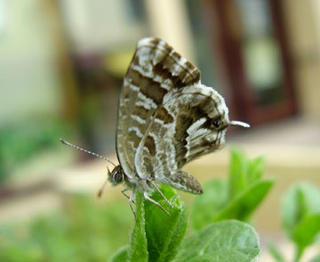 I was a bit puzzled by this butterfly at first - I initially thought it could be a brown argus on first glance before i saw it close up. Then I noticed the hairstreak-like tails and its very different underwing patterns so that suggestion was out.
I was a bit puzzled by this butterfly at first - I initially thought it could be a brown argus on first glance before i saw it close up. Then I noticed the hairstreak-like tails and its very different underwing patterns so that suggestion was out.
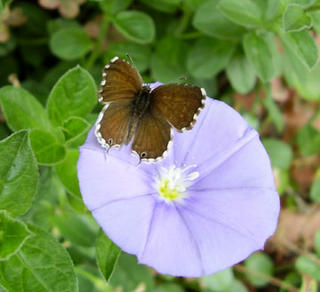


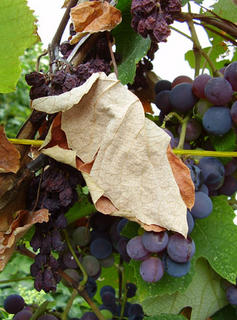

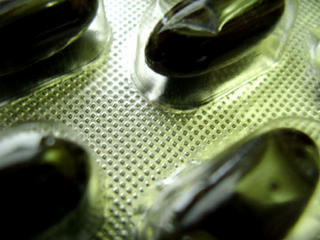 Another supermacro shot - this time of an old rusty bolt on one of our window shutters. I liked the peeling paint and rust detail here.
Another supermacro shot - this time of an old rusty bolt on one of our window shutters. I liked the peeling paint and rust detail here.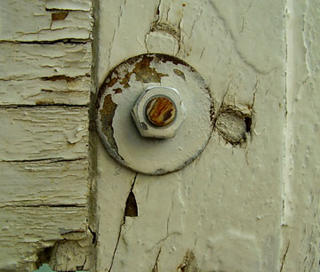 photo
photo